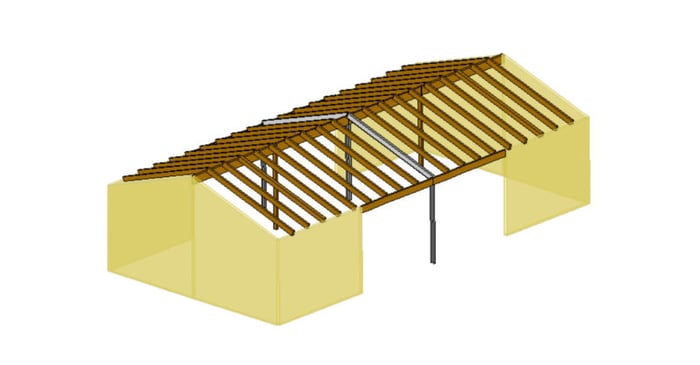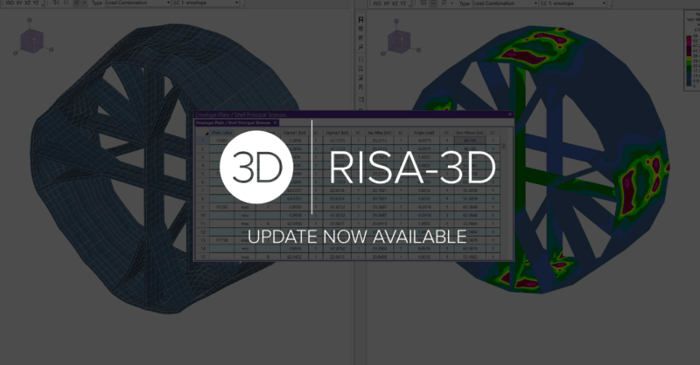
May 1, 2020
Video: Concrete Member Design in RISACalc
Learn how to load and design individual beam and column concrete members in RISACalc.
Year-End Is One of the Few Times Engineers Can Actually Rethink Tools Most engineers don’t change core analysis software in the middle of a deadline-driven project. End of year is different. Budgets are closing out, project schedules tend to soften slightly, and teams finally have a moment to evaluate what worked — and what slowed them down. That combination creates a rare window to reassess tools without the pressure of an active permit submission. For many firms, it’s also when leadership asks bigger operational questions: Are we spending too much time reworking models? Are our engineers relying too heavily on spreadsheets? Are we confident scaling into slightly larger or more complex jobs next year? Budget Resets and Training Calendars Create Natural Momentum Year-end decisions often align with practical realities. Software budgets reset in January, making it easier to justify a purchase that didn’t fit earlier in the year. Training calendars are also easier to plan before the new project backlog fills up. Engineers can start the year productive instead of learning a new workflow mid-project. This timing matters. Firms that switch tools before the new year often avoid the “we’ll deal with it later” trap — and later rarely comes…
Read More

Learn how to load and design individual beam and column concrete members in RISACalc.

Learn how to load and design individual beam and column aluminum members in RISACalc.

Learn how to load and design individual beam and column stainless steel members in RISACalc.

Learn how to load and design individual beam and column cold-formed steel members in RISACalc.

Learn how to load and design individual beam and column steel members in RISACalc.

Learn how to load and design individual beam and column wood members in RISACalc.

RISAFloor supports the use of flexible diaphragms on both flat and sloped roofs. Before reviewing the workflow for utilizing a flexible diaphragm on a sloped roof, it makes sense to review and understand the basic behavior of flexible diaphragms within RISAFloor. To do this, please first review the...

Over the last few weeks, we have been working hard to add the features and functionality that our customers have requested as well fix some of the issues that have been reported. With that in mind, we have prepared a new update of RISA-3D (v18.0.4) that includes the following features as well as...

When designing concrete shear walls for lateral loading, RISA-3D includes design checks for both in-plane and out-of-plane shear. In the condition where a concrete wall is under both axial tension and out-of-plane shear, the out-of-plane shear limit state for a specific region within the concrete...
Our monthly "Structural Moment" newsletter is the best way to keep up with RISA’s product updates, new releases, new features, training events, webinars and more...